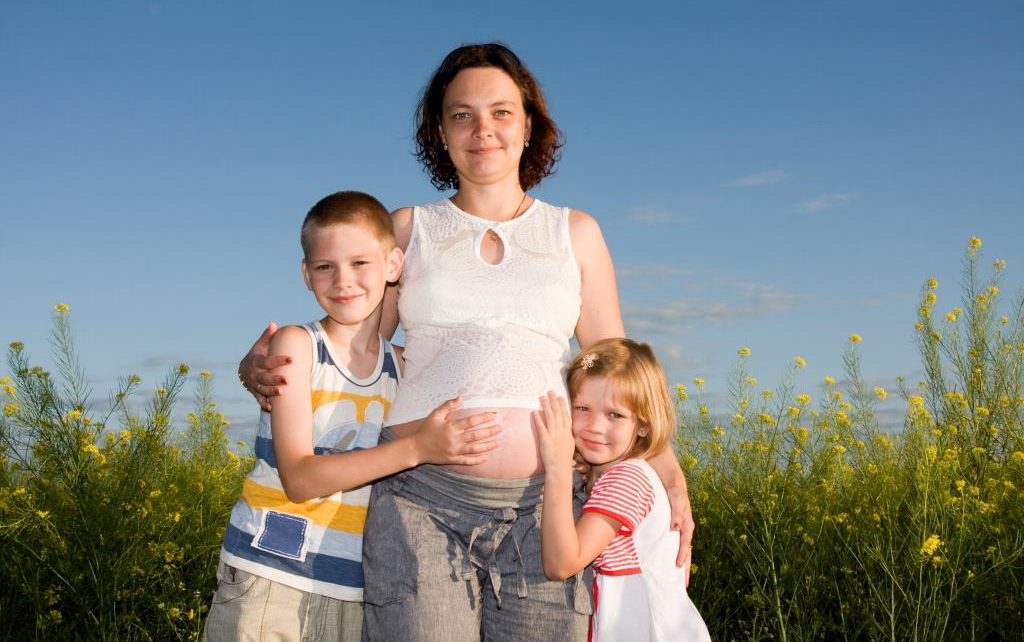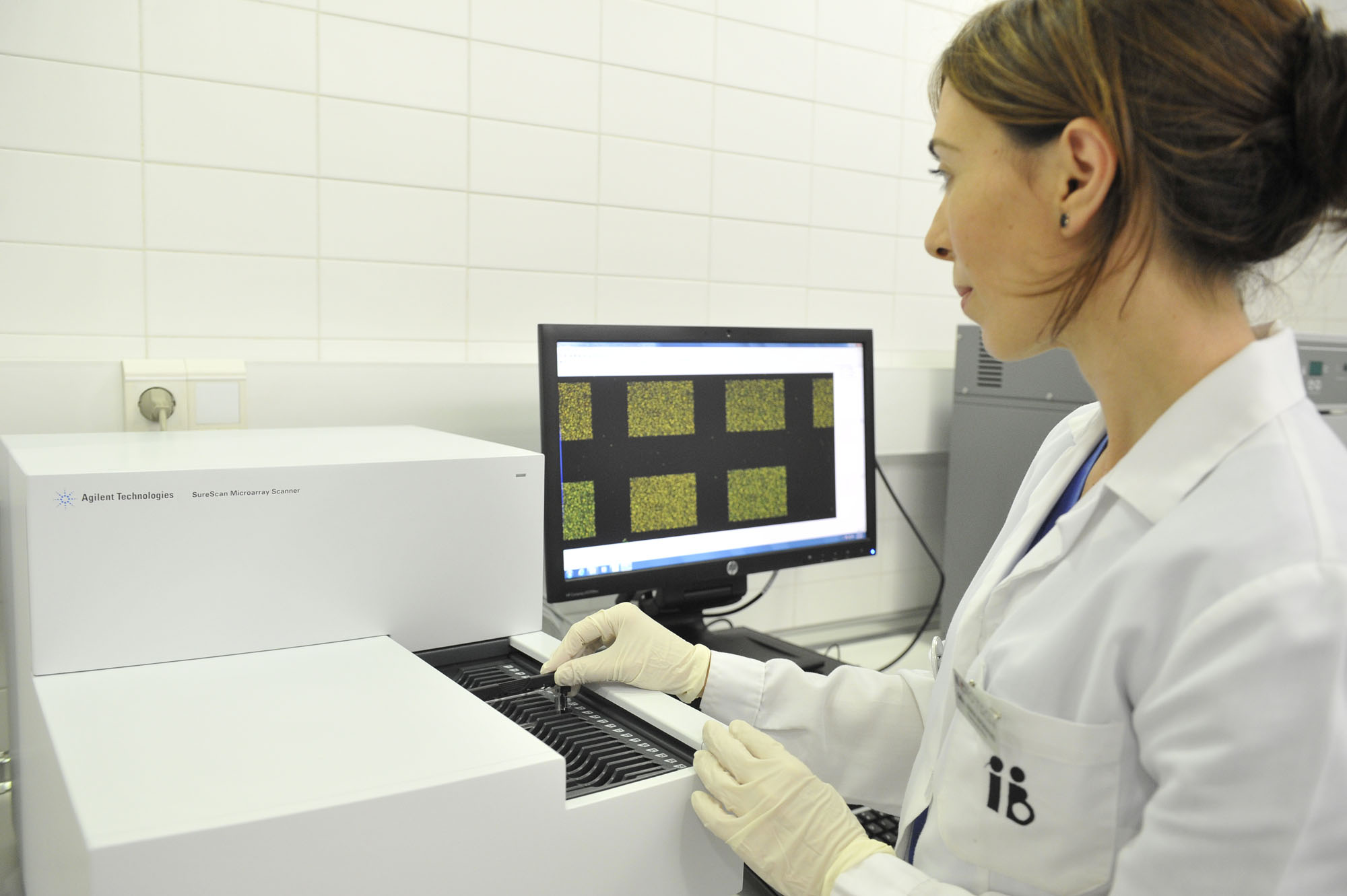
Genetic Health of the Embryo: Science Applied to Life
This is not science fiction, it’s reality. It is reproductive medicine and advanced genetics together to achieve healthy children who are free of diseases. Before, medicine focused on a person’s health. Now thanks to genetics and scientific research we are able to go one step further and take care of the embryo.
The possibility to study and check which embryos are genetically healthy began in the 90’s in Europe, thanks to a new technique called Preimplantation Genetic Diagnosis. From the first PGD’s to the current Comprehensive Chromosome Screening it has been a long journey that began in the end of the 20th century. This caused a paradigm shift in the field of fertility and also for thousands of couples who carried a genetic disorder, since we could now study the genetic make-up of the embryos and select which ones were free of the condition.
This was without a doubt one of the key moments in reproductive medicine and genetic research, which soon started creating further milestones. Only a few years earlier it was impossible to imagine the prospect of avoiding passing on diseases to one’s offspring, this option was now reality thanks to the advances of genetics applied to assisted reproduction.
A key date was in 2004, when Instituto Bernabeu in Alicante achieved the first birth in the world of a baby free of hereditary blindness (Retinoschisis), whose parents were carriers of the disease. “It is a milestone in history, a wonder, and it has set the standard protocol for carriers of hereditary blindness), said the president of the Federation of Associations of Pigmentary Retinosis in Spain, Germán López. In the same center in Alicante, only 2 years later, the first baby born free of Marfan Syndrome was achieved thanks to the first use of MDA in PDG in the world.
The numbers of life: thousands of healthy babies
Since the start of using PGD, the number of couples using this treatment is always increasing. The European Society of Human Reproduction and Embryology is the organization of reference in Europe that controls and checks PGD statistics. As evidence of the increase in the use of this technique we only have to look at the numbers: up until 1999, 82 pregnancies were achieved with healthy embryos thanks to PGD, and in the last year counted, 2009, the number was 1,516. However the number we should highlight, which is growing every year, is how many newborns that are free of their parents diseases across Europe: 5,135. In Spain in 2012, 579 healthy children were born thanks to PGD according to the Spanish Fertility Society (SEF).
In total over 5,000 children have been born over the last 20 years thanks to medical and genetic achievements, and their use in reproductive medicine.
What exactly is this technique? The procedure is quite easy to understand. After studying each couple and getting a personalized diagnosis, they undergo an in vitro fertilization treatment. IVF consists of retrieving sperm from the male partner, eggs from the female partner and to artificially fertilize them in the laboratory, so that geneticists and molecular biologists can work directly on the embryos created. Three days later the embryos are prepared so that their cells can be analyzed in the laboratory and to obtain a genetic diagnosis. This study will determine which embryos are not carriers of the parents’ genetic condition or other abnormalities, therefore the ones that can be transferred to the mother’s womb. Once the healthy embryo is transferred, any pregnancy achieved will progress normally. While the use of PGD increases yearly, the number of genetically transmitted conditions that this technique can avoid does so as well. Each time a couple arrives at a fertility clinic with a disease that was not treated previously, their protocol is designed from scratch.
PGS/PGT-A/CCS, present and future in the genetic health of the embryo
The useful application of the fusion between genetics and reproductive medicine goes above and beyond avoiding hereditary  diseases in offspring. It can also be the answer in cases of advances maternal age, recurrent pregnancy loss, X-linked diseases or implantation failure. If currently we have all of these possibilities, what does the future hold?
diseases in offspring. It can also be the answer in cases of advances maternal age, recurrent pregnancy loss, X-linked diseases or implantation failure. If currently we have all of these possibilities, what does the future hold?
The present and future lie in Comprehensive Chromosome Screening (PGS/PGT-A/CCS), which now allows us to study 100% of the chromosomes of the embryos using a technique called array-CGH. This method is the “most reliable, safest and most advanced to know the chromosomal health of the embryo”, the biotechnology IB Biotech asserts.
Choosing the embryos that are chromosomally reduces the cases of recurrent pregnancy lost, implantation failure or conditions that are linked to chromosomal alterations. The most recent studies published in the most prestigious fertility journals show that the use of CCS could increase the number of children born up to 70% and could reduce the number of miscarriages to less than 5%.
Furthermore, scientists and researchers focus on studying all of the genetic material in the chromosome. The information that the DNA sequencing will provide “will be revolutionary. Many advances are being made in the joined study of genetics and chromosomal alterations”, the experts at Instituto Bernabeu in Alicante explain. “We’ve moved on from palliative care to anticipating what could happen”. The goal of the scientific community is to “go further and not only avoid the diseases of the parents but any genetic condition”, IB Biotech adds. “In the future we will be able to detect polygenic disease such as diabetes” these professionals assure us. The speed at which this research is being done is very fast, so that what seems like science fiction today could be reality tomorrow. Science and genetics, together with reproductive medicine and day to day work, are increasingly working to not only achieve couples’ dreams of becoming parents, but that their children are born healthy and free of illnesses. The future is promising.
